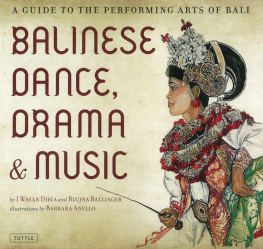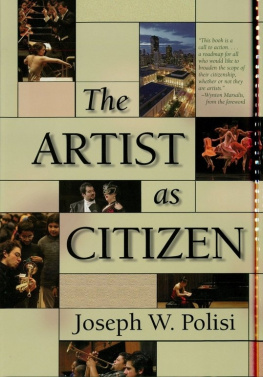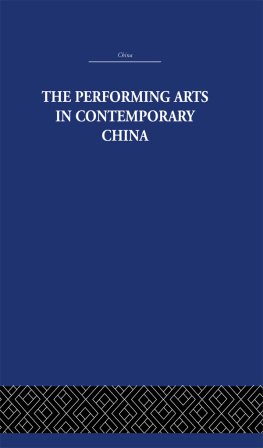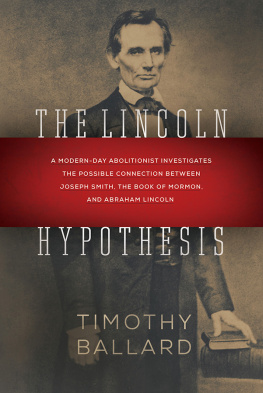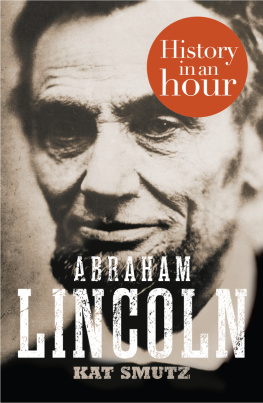BEACON TO THE WORLD
BEACON TO THE WORLD
A History of Lincoln Center
JOSEPH W. POLISI
Yale
UNIVERSITY PRESS
New Haven and London
Copyright 2022 by Joseph W. Polisi.
All rights reserved.
This book may not be reproduced, in whole or in part, including illustrations, in any form (beyond that copying permitted by Sections 107 and 108 of the U.S. Copyright Law and except by reviewers for the public press), without written permission from the publishers.
Yale University Press books may be purchased in quantity for educational, business, or promotional use. For information, please e-mail (U.K. office).
Set in Janson type by Newgen North America, Austin, Texas.
Printed in the United States of America.
Library of Congress Control Number: 2021947403 ISBN 978-0-300-24996-5 (hardcover : alk. paper)
A catalogue record for this book is available from the British Library.
This paper meets the requirements of ANSI/NISO Z39.48-1992
(Permanence of Paper).
10 9 8 7 6 5 4 3 2 1
To Creighton, Adeline, Teague, and Will
Contents
Preface
AS A YOUNG CHILD growing up in Flushing, Queens, I viewed Manhattan as a distant destination that I would visit occasionally through Sunday family dinners on Mott Street, school field trips to the American Museum of Natural History, and concerts in Carnegie Hall, where my father would perform as principal bassoonist of the New York Philharmonic. My mother, sister, and I would often be seated in a side box, where I would speak to my mom in a proud, loud voice so that audience members in adjacent boxes would be aware that the bassoonist in the orchestra was my father.
By the time the orchestra moved to Lincoln Center in 1962, I was a sophomore in high school and a fledgling bassoonist in my own right. I saw the members of the Philharmonic as equivalent to the starting lineup of the New York Yankees, and the orchestras new home at Lincoln Center was a larger-than-life edifice that represented for me the highest reaches of musical performance. What was even more exciting was my new membership as the fourth bassoonist of the All-City Orchestra, an ensemble that was one of the first youth orchestras to play in Philharmonic Hall in May 1963, with the entire concert broadcast live on local television station WPIX, channel 11.
Lincoln Center has been a part of my life for decades, culminating, in September 1984, with my appointment as president of The Juilliard School, one of the Centers constituents. Lincoln Center has always existed for me as a magical place providing large expanses for the eye to explore, so different from the dense and congested neighborhoods of Manhattan. It is a unique destination, where putting on a tie and jacket, even as a youth, manifested a gesture of respect for what an audience member would experience in one of the Centers halls.
When I realized that the only extant comprehensive history of Lincoln Center ended in the late 1970s, I felt that an expanded and up-to-date chronicle would be of interest not only to arts cognoscenti but also to individuals curious about New York Citys cultural and business affairs.
Beacon to the World highlights numerous artistic presentations which occurred over several decades, featuring towering personalities such as George Balanchine, Leonard Bernstein, Rudolf Bing, Lincoln Kirstein, Richard Rodgers, Beverly Sills, and many others. In addition, such distinguished architects as Max Abramovitz, Pietro Belluschi, Lew Davis, Elizabeth Diller, Wallace Harrison, Philip Johnson, and Eero Saarinen will be shown to have played significant roles in shaping not just the campuss physical aesthetic but also the audiences experience of the arts of drama, dance, and music. Supporting these artistic ambitions were the financial and political initiatives developed by John D. Rockefeller 3rd, Robert Moses, and other city and national leaders who were an important part of the birth of Lincoln Center.
My research has brought me to individuals, organizations, and idealistic philosophies which span the diverse landscape we know as New York City. Beacon to the World presents those stories through an investigation of the evolution of Lincoln Center from its exploratory discussions in late 1955 to the challenging and unique experiences that fell upon the entire world in 2020.
This history focuses on Lincoln Center, Inc., the umbrella organization that oversees the constituent members and its campus buildings. Although I present all the Centers constituents, I ask the reader to excuse me for not including the many details that encompass the full story of each one.
This history tells the story of an idealistic concept that came to fruition and then adapted to changing political, economic, social, and artistic forces. The final product of Lincoln Center is the art that is presented daily in each of the campuss halls, with the hope that these performances enrich our cultural environment and our individual personas.
The philosophical tenets developed for Lincoln Center in its earliest years have had to adapt to changing times. The stories of these adaptations show how the performing arts have flourished, permitting audiences to take solace and intellectual stimulation from great works of art that provide a portal through which to experience our humanity. Beacon to the World is dedicated to a better understanding of that experience.
BEACON TO THE WORLD
Prologue
AS THE SUNLIGHT FADED ON New York Citys West Side during an early spring evening, hundreds of individuals gathered in small groups or hastily walked to close-by entries, faintly illuminated by the ambient light of the surrounding buildings. It was a time filled with expectation, as performances were about to take place at Lincoln Center for the Performing Arts.
Patrons created a palpable energy on the Centers plaza, as the playful waterspouts of an iconic fountain added a sonic and visual ambience rarely found in New York City. Whether attending an opera at the Met, a concert of the Philharmonic at Geffen Hall, a dance presentation of the New York City Ballet at Koch Hall, a play at the Lincoln Center Theater, a chamber music concert at Alice Tully Hall, a film at the Lincoln Center Film Society, or a contemporary music concert at The Juilliard School, those present that evening understood that they were in a special place. It was a place founded with an idealistic spirit and, like all artistic endeavors, it had experienced challenges in its quest for excellence and financial solvency.
The creation of an arts organization the size of Lincoln Center was based on the fundamental belief in the mid-1950s that Americans would benefit from bringing together a diverse array of performing organizations in one place to create an entity whose whole would be greater than the sum of its parts. Although a naive concept when one considers the highly independent qualities of performing arts practitioners and ensembles, this belief reinforced the view that hope can be stronger than pessimism when attempting to realize change and innovation in American society.
America after World War II represented a unique mixture of supreme military might, global economic dominance, and a type of idealism born out of the defeat of fascism and the belief that the United States represented the best of human values as manifested in its form of government and the diversity and moral strength of its people.
Yet the postwar world between 1955 and 1960 was also an ominous time for American interests. In the span of just those six years, the Warsaw Pact was created, countering the strength of the North Atlantic Treaty Organization; the recently deposed British prime minister, Winston Churchill, spoke of an Iron Curtain across Eastern Europe deepening the reality of a Cold War between the United States and the Soviet Union; the Soviets invaded Hungary while Israel, Great Britain, and France attacked Egypt over control of the Suez Canal;


